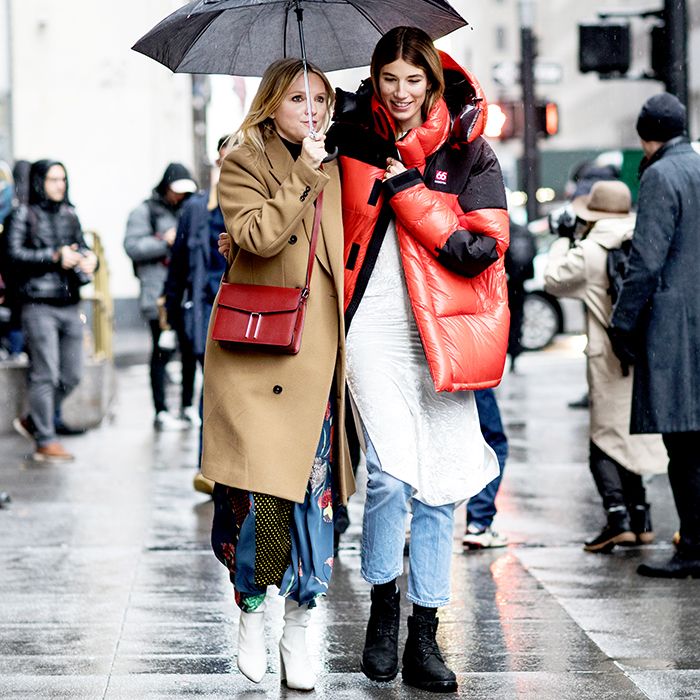Joyful Season Style: Eastern Wear Pakistan Styles for every single Event
Joyful Season Style: Eastern Wear Pakistan Styles for every single Event
Blog Article
Open the Secrets of Ageless Eastern Use
Checking out the enigmatic world of classic Eastern wear looks into a realm where artistry, history, and culture merge to create garments that transcend simple material and string. The complex tapestry of tradition intertwined with contemporary elements uses a glimpse right into a world where every stitch tells a tale, every theme a sign of value. Unveiling the secrets behind these productions introduces a tapestry of heritage waiting to be unwinded, welcoming one to journey via the angelic appeal and aura of Eastern style.
Background of Eastern Style
The history of Eastern fashion go back centuries, reflecting the rich cultural heritage and practices of diverse areas throughout Asia. Each region boasts its one-of-a-kind styles, fabrics, and styles that have been influenced by elements like environment, religious beliefs, social condition, and profession paths. eastern wear pakistan. For instance, the elaborate silk garments of China represent elegance and sophistication, while the vibrant saris of India showcase a kaleidoscope of patterns and shades.
In Japan, the robe has been a symbol of custom and refinement for generations, with different designs put on for numerous celebrations. The history of Eastern fashion is a tapestry of innovation and custom, mixing old techniques with modern-day influences to develop a dynamic and ever-evolving market.
Value of Traditional Clothing
Traditional attire acts as a social symbol, embodying the worths, beliefs, and heritage of areas in Eastern cultures. eastern wear pakistan. These garments are not simply items of fabric however are symbolic depictions of the rich background and customs gave via generations. In Eastern societies, traditional clothing plays a substantial duty in events, events, and day-to-day life, showing the social condition, local associations, and also marital condition of people
The relevance of typical clothing goes beyond visual appeals; it is a means for people to get in touch with their origins and reveal satisfaction in their social identity. Each garment, from the complex sarees of India to the flowing hanboks of Korea, carries with it a story of craftsmanship, significance, and meaning that is deeply deep-rooted in the material of society.
In addition, standard attire acts as an aesthetic language, connecting stories of unity, durability, and triumph. By putting on these garments, individuals not only recognize their heritage however additionally add to the conservation and event of their cultural heritage.
Evolution of Eastern Embroideries
Eastern needleworks have a rich background that covers centuries and have constantly evolved to integrate diverse cultural influences and react to changing creative fads. The development of Eastern embroideries can be traced back to ancient worlds where elaborate styles were hand-stitched onto materials using typical techniques.

Today, Eastern needleworks continue to progress, blending conventional workmanship with modern design sensibilities to develop ageless pieces that celebrate the charm of multiculturalism and imaginative innovation.
Extravagant Fabrics in Eastern Wear
Glamorous fabrics play a critical function in elevating the aesthetic charm and high quality of Eastern wear, enhancing the general allure and refinement of conventional garments. Eastern wear is renowned for its extravagant materials that not only show the region's abundant social heritage but additionally signify sophistication and grace. Silk, a textile associated with luxury, is often used in crafting Eastern outfit, presenting a shiny luster and a soft, smooth appearance. The fine threads of silk not only drape magnificently but likewise add a touch of luxury to outfits.
Along with silk, textiles like brocade, velour, and chiffon are likewise typically featured in Eastern wear. Velvet brings a stately and plush feel to typical ensembles, while brocade, with its complex patterns and metallic threads, includes a touch of grandeur. Chiffon, on the other hand, is preferred for its airy and light-weight qualities, making it a preferred choice for streaming silhouettes and fragile decorations. These glamorous fabrics not just raise the aesthetic allure of Eastern wear but additionally make sure a feeling of refinement and elegance that transcends time.
Incorporating Eastern Style Today
In modern site link style landscapes, the integration of Eastern influences provides a harmonious combination of social heritage and contemporary looks. Developers and style lovers alike are accepting the rich tapestry of Eastern fashion, incorporating conventional elements into visit our website modern shapes and designs. From detailed needlework to vivid shades and lavish textiles, Eastern fashion today provides a diverse range of alternatives that provide to an international target market.
One means Eastern style is making its mark in contemporary wardrobes is with the adjustment of standard garments such as the robe, saree, or qipao into everyday wear. These pieces, when reserved for unique celebrations, are currently reimagined in more laid-back forms, allowing for their unification right into daily fashion selections. Furthermore, using traditional patterns and concepts in Western-style clothes adds a touch of unique beauty to modern clothing.

Final Thought
In final thought, exploring the abundant history, importance, and evolution of Eastern style introduces an ingrained connection to heritage and values. The elegant fabrics and detailed needleworks of Eastern use showcase the adaptability and eternity of standard designs. Including Eastern affects in modern fashion enables a combination of custom and technology, creating a harmonious balance in between the past and the present.
Glamorous textiles play a pivotal duty in raising the visual allure and high quality of Eastern wear, enhancing the total allure and sophistication of typical garments. Developers and style lovers alike are embracing the rich tapestry of Eastern fashion, including standard components right into modern-day silhouettes and styles. From intricate embroidery to extravagant materials and lively shades, Eastern fashion today uses a varied range of choices that provide to an international audience.
One way Eastern fashion is making its mark in modern closets is via the adaptation of standard garments such as the bathrobe, saree, or qipao into everyday wear. The extravagant textiles and intricate embroideries of Eastern use showcase the versatility and eternity of traditional designs.
Report this page